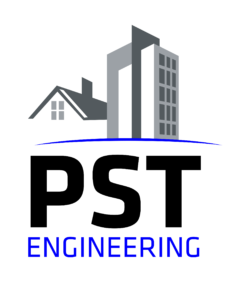Mold can be a concern for you and those that live or work in your building. Mold most often thrives in areas that have suffered water damage within the home or building. Mold spores can impact the health of those living or working in the structure. Continue reading, if you’re concerned about mold and to stay informed.
Inspections
There are three types of mold inspections:
- Visual
- Physical Sampling
- Air Quality Sampling
Visual examination can often determine if there is mold present. Samples can be taken of visual mold and sent to a laboratory to identify the species. When mold is not visible, then air samples can be taken. The samples can determine if there is mold contamination behind sheetrock or hidden in ductwork and attics. Many mold contaminations can be a health hazard. The CDC doesn’t recommend routine samplings for mold, but if there’s water damage and visible mold then a sampling is recommended.
Health
Exposure to mold can cause coughing, eye irritation, nasal stuffiness, throat irritation and even irritation to the skin. Depending on the individual, some people experience more severe reactions to mold. It can lead to asthma in some individuals.
Keep mold out
Help to prevent mold from growing in your home by keeping your humidity levels low, use exhaust fans in your kitchen and bathrooms, clean bathrooms and other damp areas with products aimed to kill mold, avoid carpeting bathrooms and use an air conditioner or dehumidifier during times of high humidity.
It’s also recommended to remove and replace flooring, walls and other areas in the event of a flood.
PST Engineering provides Environmental Engineering services for residential and commercial properties including visual and air sampling for mold and radon in addition to Phase One ESA if you’re concerned about mold.
